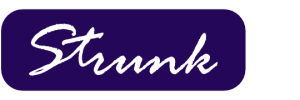Setting Rates for Loans and Deposits
When setting rates for loans or deposits many factors come into consideration. The credit risk of the borrower; collateral for the loan; ability to repay the loan; the term of the loan; and competition are all factors that most banks look at when determining the interest rate. One big factor that many financial institutions don’t consider is the size of the loan. That is a critical misstep when it comes to the profitability of that loan to the bank.
Similarly, banks set rates on deposits on market factors such as liquidity, borrowing capacity from the Federal Reserve or FHLB, and what the competition is offering. Money market rates are sometimes tiered based on the amount in the account but rarely do we see rates tiered on certificate of deposits or other interest bearing accounts. Occasionally banks will have a jumbo CD rate for accounts over $100K.
Most community banks lack the ability to determine costs associated with making loans or handling deposit accounts. With Strunk’s Loan, Relationship and Deposit pricing tool you can set target goals for profitability such as return in equity. Our solution will determine what rate you need to achieve on loans and what rate you can offer on deposits to meet that goal.
Give your loan officers a simple program to use to win more deals while meeting your profitability goals. Size matters when it comes to loans and deposits. Strunk’s loan and deposit pricing tool can make your bank a lot of money. Contact Strunk at 800.728.3116 or info@strunkaccess.com to see how it works.


